The Québec maritime Blog
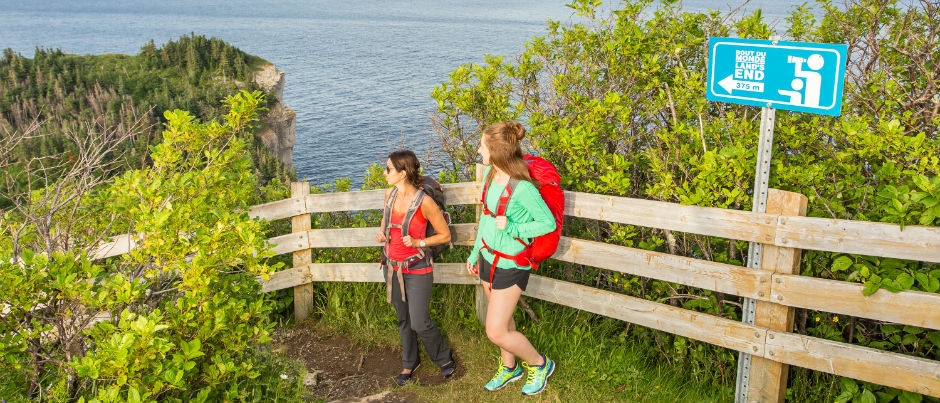
-
Forillon National Park, Gaspésie
Mathieu Dupuis
10 National Parks: 10 Hidden Treasures
All our regions’ national parks have their own main attractions, including the northern gannet colony in Parc national de l’Île-Bonaventure-et-du-Rocher-Percé, the soaring mountains in Parc national de la Gaspésie, the islands in Parc national du Bic and the limestone monoliths in the Mingan Archipelago National Park Reserve. But all these protected areas also harbour some well-kept secrets that park visitors can enjoy discovering. Here are a few of them…
Parc national de l’Île-Bonaventure-et-du-Rocher-Percé
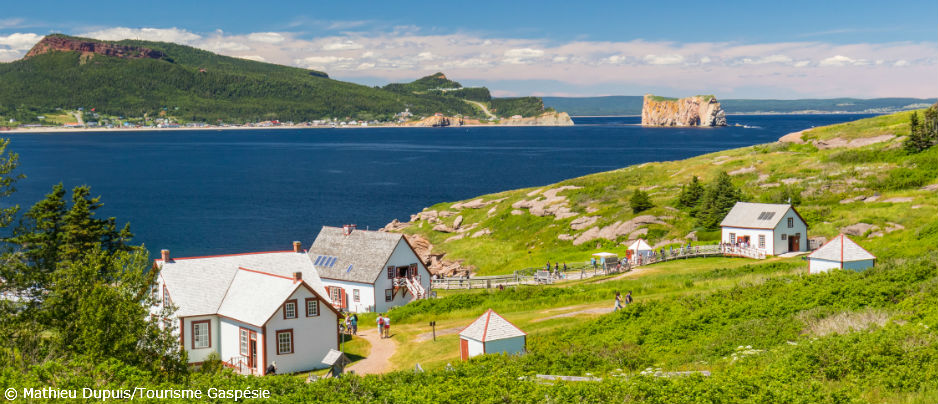
A day on Bonaventure Island off the coast of Percé will obviously include a visit to the island’s famous northern gannet colony, which is the most accessible in the world. However, as you follow the Chemin-du-Roy trail to reach the colony, you may also want to discover the island’s built heritage along the way. Recounting the rich history of this area’s settlement over time, several of the houses located here have been restored. Visit them to find out about the island’s cod fishing history as well as its history as a vacation destination. To learn more, you can also take part in the guided activity “In the Footsteps of the Islanders.”
Parc national de la Gaspésie
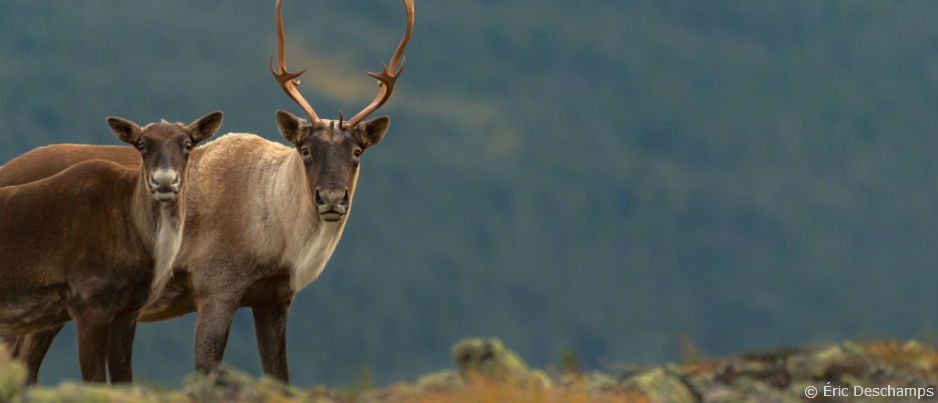
Hikers absolutely adore the mountains of Parc national de la Gaspésie, 25 of which are over 1000 metres (3300 feet) high! The tallest of these mountains is home to the only caribou herd found south of the St. Lawrence. With such drastic differences in elevation, several microclimates can be found on this territory, which includes the boreal forest and alpine tundra, the preferred habitat of this threatened species. Caribou can be observed from June to September, particularly on the Mont-Jacques-Cartier trail, which reaches an elevation of 1270 metres (4200 feet). If you spot these majestic creatures, stop moving and stay quiet. This is for your own safety and to avoid disturbing these animals as much as possible, but also so you can fully enjoy this special moment!
Forillon National Park
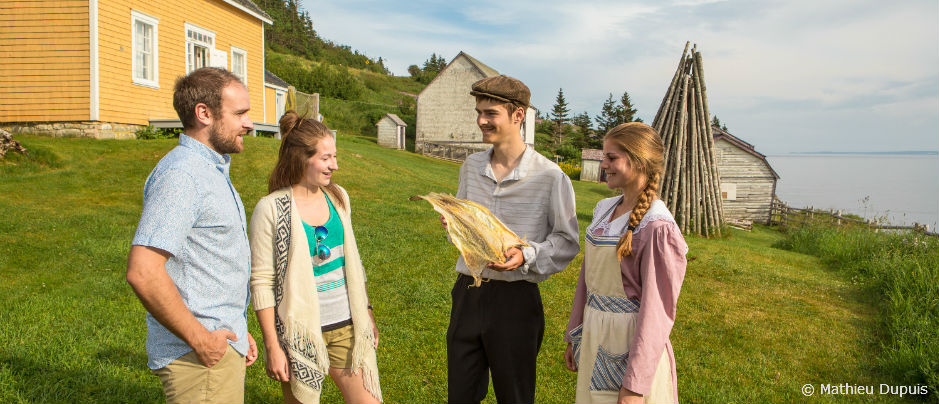
Located at the tip of the Gaspé Peninsula, Forillon National Park fascinates visitors with its steep cliffs and boreal forest, which is home to a wide variety of wildlife species. This area is protected today but was inhabited for a long time before it was turned into a park. You can visit the park’s various heritage sites to learn more about this history. In Grande-Grave, the Dolbel-Roberts House provides a look into the lives of the Jersey Islanders, Irish, Scottish and other settlers that once lived in Forillon. You can also visit the Hyman & Sons General Store to learn about the fascinating history of the cod fishing industry. In Anse-Blanchette, the Blanchette House bears witness to the way of life of the fishermen-farmers who lived here at the turn of the 20th century. Visitors to Forillon can also tour Fort Peninsula to discover a little-known episode from World War II in the only fully preserved shore battery in Québec that’s open to the public.
Parc national de Miguasha
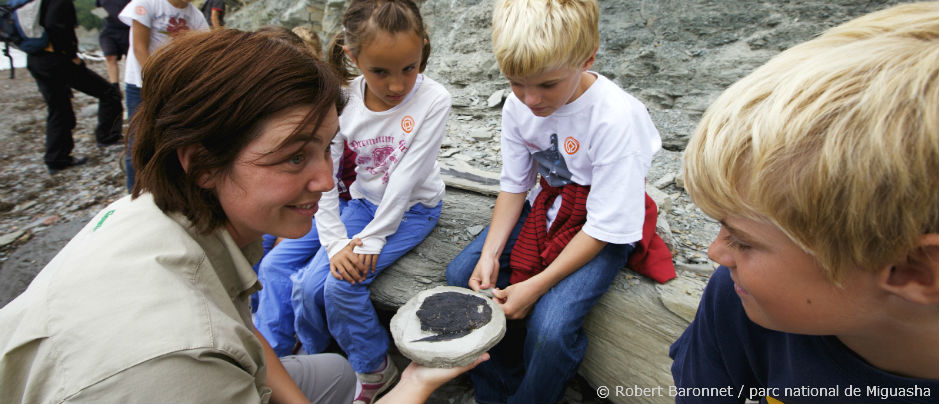
Included on the prestigious UNESCO World Heritage List, Parc national de Miguasha has an impressive fossil collection that will take you back in time some 380 million years. You can discover these fossils by visiting the park’s exhibitions as well as the fossil cliff. Follow the 3.5-km (2-mi.) “Evolution of Life” trail, which includes interpretive panels on the history of our planet. The experienced park warden/naturalist on site will be happy to answer all your questions about geology, archeological digs and fossils!
Parc national du Lac-Témiscouata
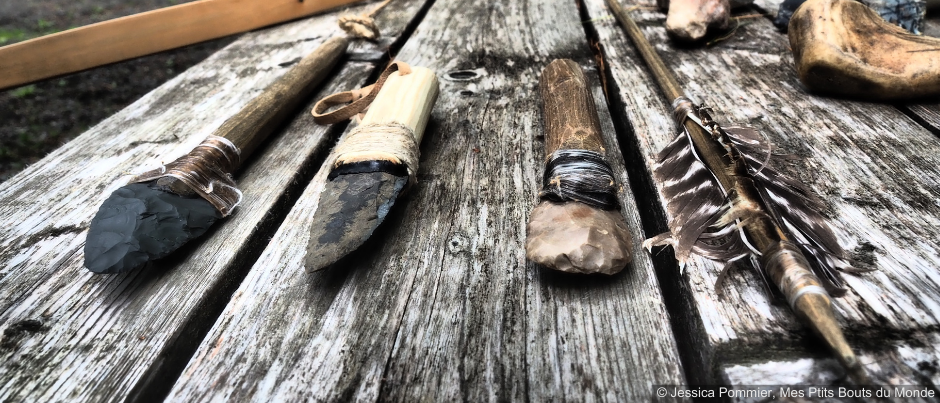
Bordering the largest lake in Bas-Saint-Laurent, Parc national du Lac-Témiscouta invites you to discover spectacular landscapes by participating in various outdoor activities. If you’re interested in history, you can also take part in archeological digs. Meet experienced archeologists at the Petit Lac Touladi Visitors Centre to participate in their research activities and discover secrets that have been buried for millennia! You must register for this activity and places are limited, so be sure to sign up in advance.
Parc national du Bic
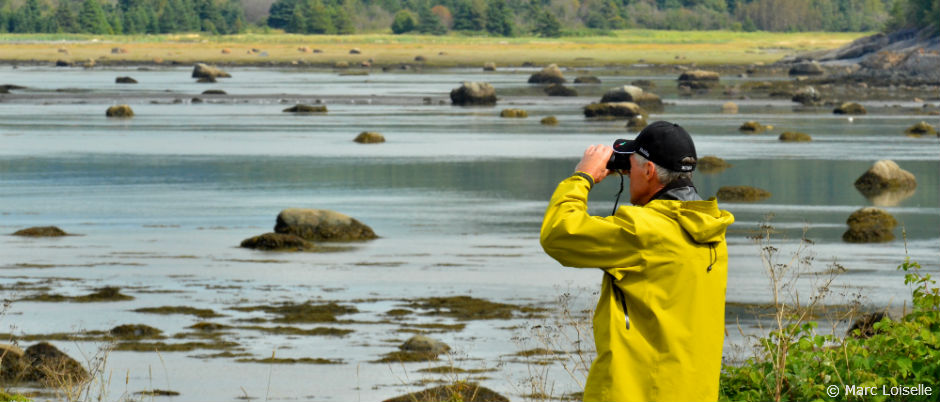
Parc national du Bic borders the St. Lawrence and is home to many wildlife species, including white-tailed deer, small mammals (such as red foxes), harbour seals, grey seals and seabirds, including common eiders, which are the park’s animal emblem. However, few people know that this park is also an excellent place to observe birds of prey during spring migration. Head to the Raoul-Roy lookout to watch them fly north along the coastline from mid-March to late May—and don’t forget your binoculars!
Parc national du Fjord-du-Saguenay
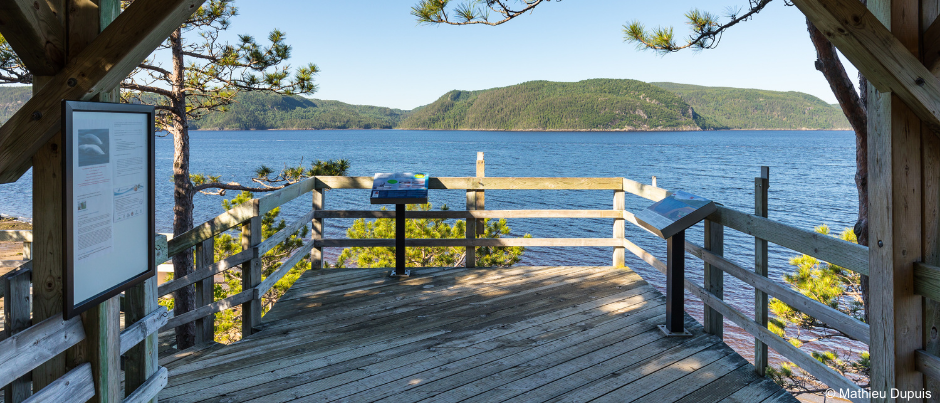
Parc national du Fjord-du-Saguenay offers spectacular landscapes, a 100-km (60-mi.) fjord created by glaciers, a mix of fresh and salt water, and many outdoor activities. However, you may be in for a surprise if you head to the Baie-Sainte-Marguerite sector… From the lookout in this part of the park, you may spot belugas! These friendly white whales, an endangered species, often visit Sainte-Marguerite Bay. And if you listen closely, you may even hear them calling in the distance!
Saguenay–St. Lawrence Marine Park
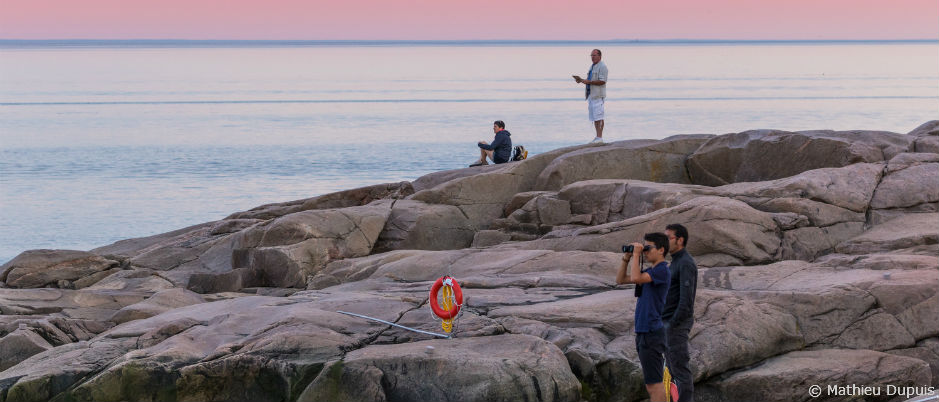
The only marine protected area in Québec, the Saguenay–St. Lawrence Marine Park is also one of the best places in the world to observe marine mammals, whether at sea or from the shore. You can also visit the park’s interpretation centres to complement your observation activities. At the Cap-de-Bon-Désir Interpretation and Observation Centre and the Marine Environment Discovery Centre, you can discover exhibitions, participate in a virtual dive, visit a lighthouse, and much more. These sites offer something for everyone!
Mingan Archipelago National Park Reserve
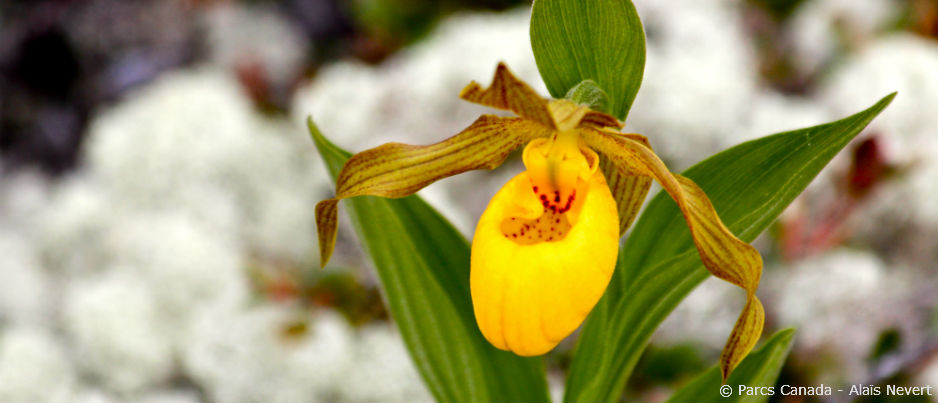
While the Mingan Archipelago is famous for its Atlantic puffins and strangely shaped limestone monoliths, most people don’t know about the many rare plants found in this park reserve. Almost 500 species of vascular plants have been identified in the archipelago (82 of which are considered “rare and of interest”), as well as 190 species of lichen and 300 species of mosses, in an area covering about 110 km2 (40 sq. mi.)! This exceptional concentration of plant species is due to the diversity of the archipelago’s natural habitats (shoreline, barrens, boreal forest, salt marshes, peatbogs, etc.) and its calcareous soil, which favours the presence of certain plants. Discover some of these species while hiking on the islands’ trails.
Parc national d’Anticosti
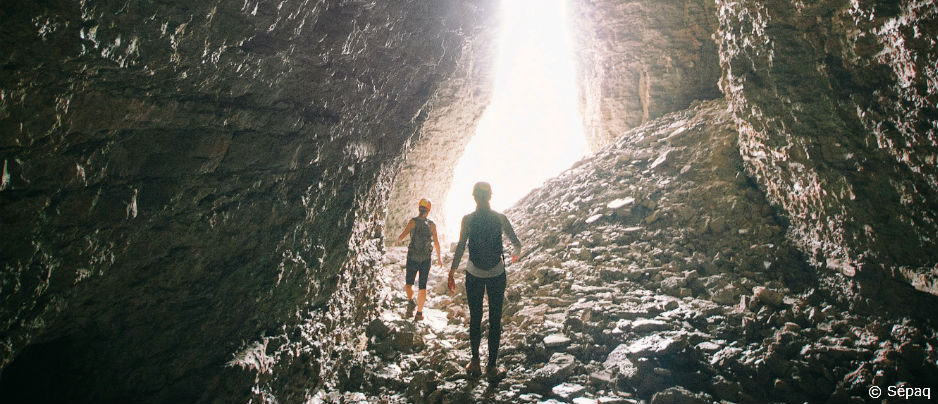
Famous for the thousands of white-tailed deer that inhabit its territory as well as for Vauréal Falls, which is 76 metres (250 feet) high, Parc national d’Anticosti is also home to one of the longest cave systems in Québec. Known as “Grotte à la Patate” (Potato Cave), this natural formation was created during the last ice age but was only discovered in 1980. You can explore this cave and learn how it was formed.
Are you ready to explore the hidden treasures found in our 10 national parks? Be sure to let us know what you discover!

(0) comment